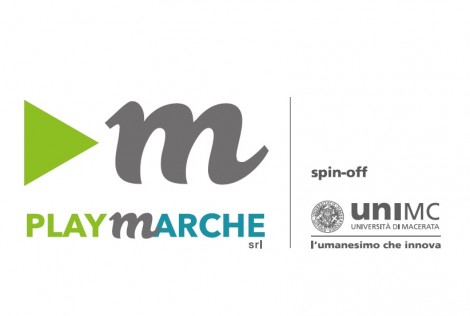Il Sito
Ricina, collocata sulla riva sinistra del fiume Potenza in un territorio abitato sin da tempi antichissimi, godeva di una posizione favorevole perché inserita lungo un’arteria viaria che favoriva il collegamento della costa con i centri del Piceno interno fino al Tirreno.
Le prime notizie circa la città romana sono riferibili all’età repubblicana, quando divenne municipio. Nel corso del secondo triumvirato il suo territorio, l’ager Ricinensis, venne assegnato ai veterani di Gaio Cesare Ottaviano (futuro Augusto) e a seguito di questa occupazione la città dovette conoscere un periodo di particolare fioritura: si datano in quest’epoca alcuni elementi architettonici in marmo qui esposti e pertinenti a monumenti funerari che documentano la presenza di una classe sociale con aspirazioni artistiche e culturali.
Nella metà del I secolo d.C. fu costruito il teatro, i cui resti sono gli unici attualmente visibili.
Un’epigrafe che menziona l’imperatore Settimio Severo in qualità di conditor testimonia che nel 205 d.C., per volere dell’imperatore, Ricina venne innalzata al rango di colonia con il nome di Helvia Ricina Pertinax in onore del suo predecessore, P. Elvio Pertinace. In seguito all’istituzione della colonia fu promosso un programma di risanamento edilizio che dovette interessare anche il teatro, ma non realizzato nella sua completezza.
Nel XIV secolo una parte degli edifici della città doveva essere ancora in qualche modo abitabile se il Rettore della Marca, in data 20 febbraio 1343, concedette ai Guelfi maceratesi di rifugiarsi tra le mura di Ricina. Successivamente, gli Statuti Maceratesi del 1472 diedero la possibilità a chiunque di cercare pietre, effettuare demolizioni ad muros Recinae e cercare monete. Tale attività di spoliazione, che si protrasse per secoli, ridusse la città ad una cava di pietra e alla povertà odierna.
La città era racchiusa da una cinta muraria di forma rettangolare; al centro l’abitato era tagliato da una strada. Il foro era a nord dell’incrocio della viabilità principale. Si segnalano inoltre un edificio a carattere cultuale, a ovest del foro, e l’anfiteatro, situato all’interno delle mura all’angolo sud-est della colonia. Nella parte ovest della città erano collocate zone a carattere commerciale e la maggior parte delle abitazioni. Le necropoli sono state localizzate alle estremità opposte della città.
The Site
Ricina is located on the left bank of the Potenza river, an area inhabited since ancient times. It benefited from a geographically favorable position, along an arterial road connecting the coast with the Piceno inland towns up to the Tyrrhenian Sea.
The first news concerning this Roman city dates to the Republican Age, when it became a municipality. During the Second Triumvirate its territory - the Ager Ricinensis - was given to the veterans of Gaius Cesare Octavianus (the future Emperor Augustus). Following this military occupation, the city flourished: indeed, some architectural elements made of marble which are displayed here date back to that period. They also testify for the existence of a social class with highly developed artistic and cultural aspirations.
The theatre, whose remains are the only ones visible at present, was built in the middle of the first century A.D.
An epigraph mentioning the Emperor Septimius Severus as conditor proves that in 205 A.D. Ricina was raised to the rank of colony with the name Helvia Ricina Pertinax, by the Emperor’s order, in honour of his predecessor P. Elvio Pertinace.
After that, an urban renewal was promoted, which probably included the structure of the theatre, never to be completed.
In the XIV century part of the buildings in the city were still in habitable conditions: indeed, on 20th February 1343 the Rector of the March allowed the Guelphs of Macerata to find shelter within the walls of the city. In 1472, the Statutes of Macerata granted the possibility of looking for stones, coins and demolish ad muros Ricinae. This spoliation continued for centuries, leading the city to extreme poverty, and transforming it into a quarry.
The city was enclosed by rectangular walls and its inhabited centre was crossed by a road. The forum was located at the north end of the main road. On the west side of the Forum there used to be a cultural building; the amphitheater was located within the walls on the south-east corner of the colony. The commercial areas and most of people’s dwellings could be found on the west side, while the necropoleis have been localized at the opposite ends of the city.






